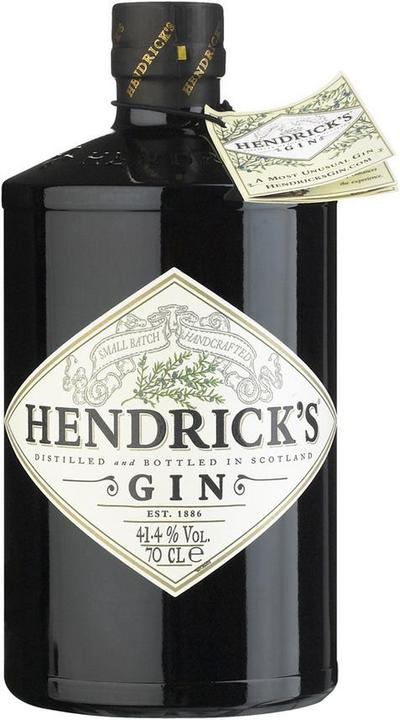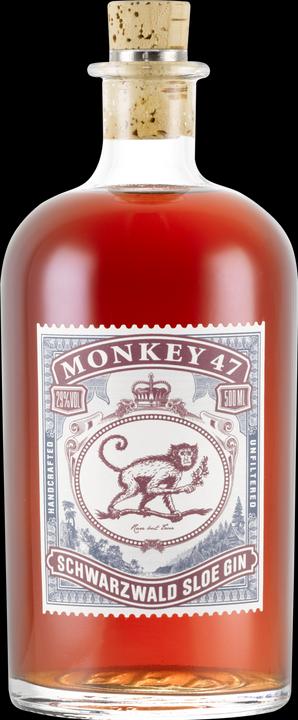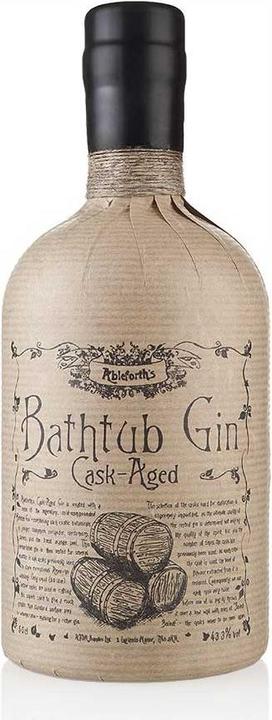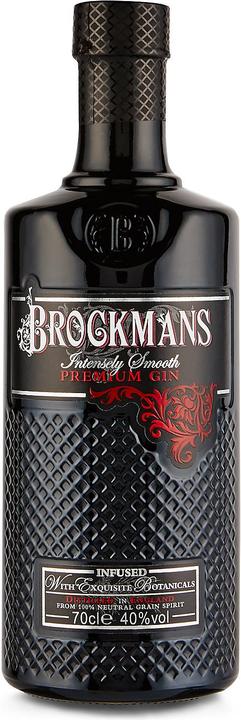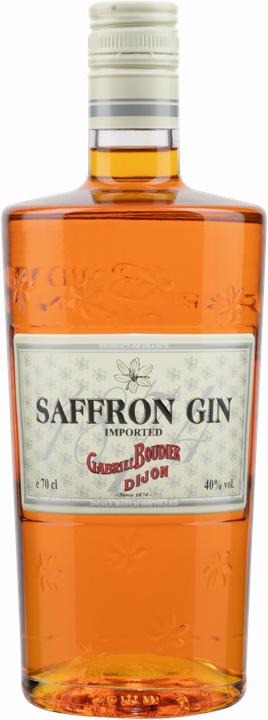

Eight types of gin you should know about
Gin is a diverse drink. Nowadays, both older recipes and modern varieties are available. In this article, we shine a spotlight on eight sorts of gin in our range so you can find out more about them.
Let me set the scene. You’re in a bar. You order a gin and tonic. You’re asked what type of gin you want. You let them reel off a list of everything they have before you pick the same one you always do. Sound familiar?
But gin has more to offer than just that distinct flavour. The versatility of gin starts as early on as the distilling process. Read on to discover the differences between types of gin and learn how to detect the various tastes.
Official types of gin
The distilling process for official types of gin is subject to regulations. Only distilleries that comply with these rules can bear the gin title. However, location-specific gin is exempt. In their case, legislation covers the drink’s origin rather than its production.
Dry gin
Alongside London Dry, dry gin is the world’s most popular variety. The «dry» in the name explains that it isn’t sweet. Numerically speaking, that means only 0.1 grams of sugar can be added per litre during distillation. When it comes to dry gin, producers also aren’t allowed to include botanical ingredients and spirit flavourings. One of the most popular botanicals in dry gin is citrus fruit such as lemon and orange, while juniper notes are most distinct in the flavour.
London Dry gin
Believe it or not, the name doesn’t have anything to do with where London Dry is produced. Instead, it has more of a historical significance. Unlike dry gin, London Dry cannot have any artificial flavours added. Although sugar is considered a natural substance, there are rules on how much the gin can contain. A maximum of 0.5 grams of sugar per litre is permitted. Usually, this type of gin also has a predominant juniper character, which is refined with spices such as cardamon, ginger and coriander.
See the whole London Dry gin range
Distilled gin
Only gin that has been distilled twice can be called distilled gin. This helps to set premium gin apart from normal types. However, the word «distilled» in the name can be misleading and make you think other gin isn’t distilled. On the contrary, every gin undergoes this process. The difference is, most are only distilled once. Interestingly, the flavours and aromas of distilled gin can’t be altered after the second distillation. This type of gin often falls into the category of London Dry or New Western.
See the whole distilled gin range
Sloe gin
Strictly speaking, sloe gin isn’t really gin – it’s more of a liqueur. Thanks to its composition, it is considered part of the group of gin spirits. At around 30%, even its alcohol content doesn’t match that of standard gin. But in terms of colour and flavour, sloe gin comes into its own. It is best suited to cocktails because of its fruity, sweet notes, but it can just as easily be enjoyed on its own.
Plymouth gin
This type of gin hails from the English port city of Plymouth. Crucially, only gin that is distilled in Plymouth itself can be classed as Plymouth gin. These days, Black Friars distillery is the only remaining place in the city to produce it according to the original recipe. Compared to dry gin, Plymouth gin has a more subtle juniper berry flavour. The Plymouth variety is also slightly fuller-bodied and has an earthy aroma.
See the whole Plymouth gin range
Unofficial types of gin
Not bound by rules and regulations, unofficial types of gin have more room for experimentation.
Old Tom gin
Old Tom gin is the precursor to present-day gin. When Old Tom was first produced, the spirit was hard to savour because of its flavour and high alcohol content. The distillers managed to solve this problem by adding sugar. These days, this gin is usually enjoyed in cocktails.
See the whole Old Tom gin range
Barrel-aged gin and reserve gin
The classic dry gin and London Dry are used as the base for barrel-aged and reserve gin. After distilling, the gin is stored in wooden barrels that previously housed brandy or whisky. As a result, the gin takes on a golden yellow colour, which is where the nickname yellow gin comes from. Barrel-aged and reserve gin takes on flavour from the casks, thereby lending it its unique aroma.
New Western gin
New Western dry gin is a completely new take on dry gin. In fact, this category of gin only emerged at the start of the 21st century. The distillate used in New Western features a variety of flavours that have the same intensity as the classic, typical juniper aroma.
You can find the World Drinks Award 2017 gin tasting set here:
Friends, family, cats and good wine are my lifeblood.



